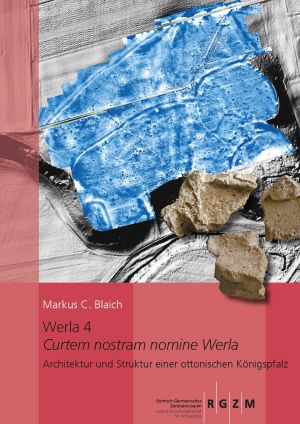
How to Cite
License

This work is licensed under a Creative Commons Attribution-ShareAlike 4.0 International License.
Published
Werla 4: Curtem nostram nomine Werla – Architektur und Struktur einer ottonischen Königspfalz
The overall analysis of Werla combines the evaluation of the old excavations from 1934-1939 and 1957-1964 with targeted post-excavations and minimally invasive sondages.
Werla's staggered fortifications are a mark of military strength, and their monumental architecture showcases royal power. The outer castles are dominated by simple pit houses and storage buildings used for craft production, which show Werla to be an economic centre in the sense of elite economy.
The analysis of the small finds offers a different perspective than the architecture. It enables statements to be made about the founding period, the heyday and the abandonment of the palatinate. In addition, mounted, high-ranking visitors to the royal palace and their closer entourage and even the rarely present royal court can be identified.
In the middle 11th century Werla was abandoned, its palatine functions transferred to Goslar. In a supra-regional view, this can be related to the economic and political structural change that the East Saxon region underwent when the kingship passed from the Ottonians to the Salians.
As an outstanding example of Ottonian ruling architecture and with its integration into the wider surrounding countryside and its structuring as a separate imperial district, Werla at the same time stands for the changed role that the Harz region played in the political concept of the 10th and 11th centuries.
Additional information you find here: https://doi.org/10.11588/data/SZSS58






